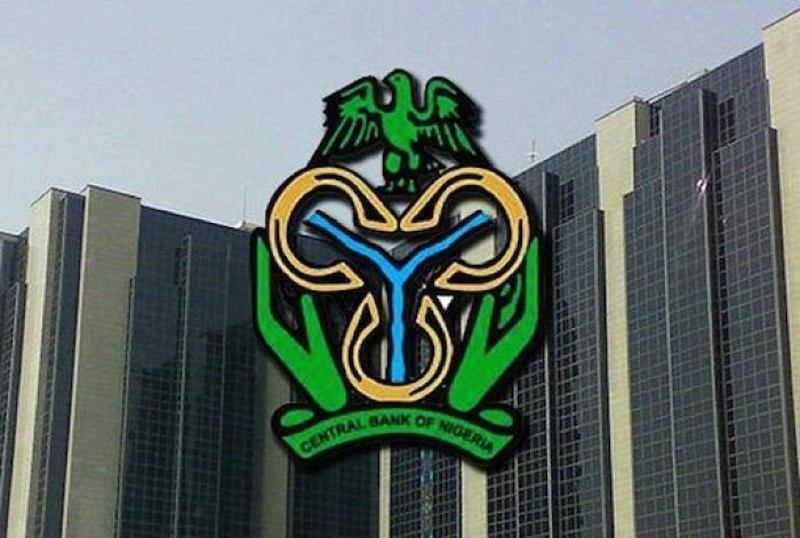The Central Bank of Nigeria’s Monetary Policy Committee (MPC) is convening its 310th meeting today and tomorrow, July 21–22, 2025, amid growing speculation that the bank may be preparing to soften its hawkish stance. Analysts are citing signs of macroeconomic stabilisation and easing inflation as key reasons for a potential shift in policy direction.
After several months of aggressive interest rate hikes aimed at taming inflation and supporting the naira, recent economic data suggests the worst may be over. Headline inflation fell for the third consecutive month in June, declining to 22.22% from 22.97% in May—marking a possible turning point in the CBN’s tightening cycle.
Meanwhile, the foreign exchange market has stabilised. The naira has held steady in July, trading between ₦1,528 and ₦1,535 per US dollar, supported by rising foreign exchange liquidity and improved investor sentiment. Notably, foreign portfolio inflows surged by 315% in June, reaching $2.73 billion, the highest monthly figure since 2019.
At its last meeting in May, the MPC held all policy parameters steady:
-
Monetary Policy Rate (MPR): 27.50%
-
Asymmetric Corridor: +500/-100 basis points
-
Cash Reserve Ratio (CRR): 50% for Deposit Money Banks, 16% for Merchant Banks
-
Liquidity Ratio: 30.00%
Now, with inflation slowing and GDP growth showing strength, some analysts believe the CBN may be preparing to pivot.
Analysts at Cordros Research said the data supports a more accommodative approach.
“With macroeconomic indicators pointing to greater stability, the Committee could take a cautious step toward easing,” the firm stated.
Cordros projects a modest 50-basis-point cut in the MPR to 27.00%, viewing it as a balanced approach to supporting economic recovery while maintaining price and currency stability.
Economic data appears to support this view. Cordros estimates Nigeria’s Q2 2025 real GDP growth at 4.10% year-on-year, compared to 3.20% during the same period last year. Meanwhile, the CBN’s Composite Purchasing Managers’ Index (PMI) averaged 52.2 points in Q2—signaling sustained expansion in private sector activity.
However, not all analysts are convinced that a rate cut is warranted just yet.
Comercio Partners warns that structural inflation remains a risk, despite falling headline numbers.
“Disinflation is largely driven by base effects, currency stability, and fuel price moderation. But core and food inflation remain elevated, reflecting underlying weaknesses in domestic supply,” the firm noted.
The concern is that premature rate cuts could derail progress in the foreign exchange market.
“Holding current rates is vital to keep Nigeria attractive to foreign portfolio investors. A cut could discourage inflows and destabilize the naira,” Comercio added.
Cowry Asset Management also expects a cautious stance from the MPC, advising that the committee maintain its data-driven approach.
“We anticipate a policy hold, as the MPC continues balancing inflation control with the need to support economic momentum,” Cowry said.
Despite differing views, there is broad agreement on one point: the macroeconomic environment is showing real signs of improvement. Portfolio investment surged from $657.4 million in April to $2.73 billion in June, while short-term interest rates have eased, and the naira has held firm.
Still, structural reforms are needed to ensure the progress is sustainable.
Comercio stresses that food supply chains, security in farming regions, and credible fiscal reforms are necessary to ensure continued disinflation. Meanwhile, Cordros believes the CBN could further ease policy by adjusting reserve requirements, projecting a CRR cut of 500bps to 45% for Deposit Money Banks and 200bps to 14% for Merchant Banks, while leaving other benchmarks unchanged.
As the MPC meets this week, investors and businesses alike are watching for signals that the era of steep rate hikes may be nearing an end. Whether the committee holds or cuts, its decisions will provide insight into how the CBN balances growth, stability, and investor confidence in the second half of 2025.



